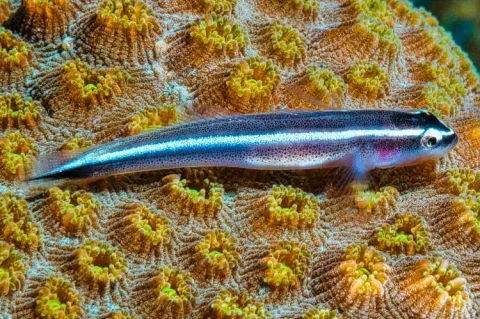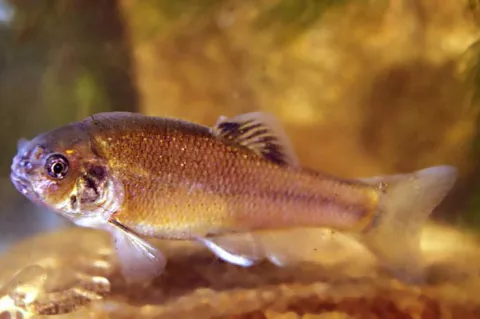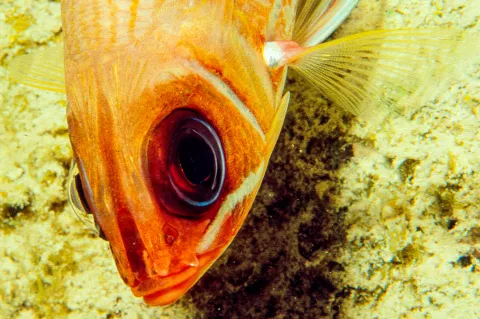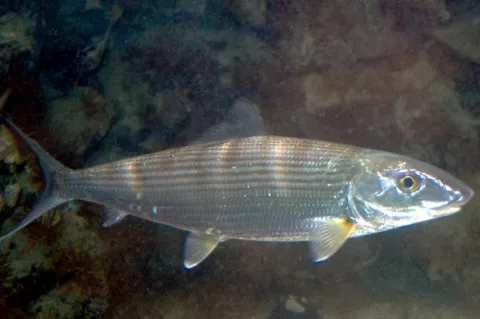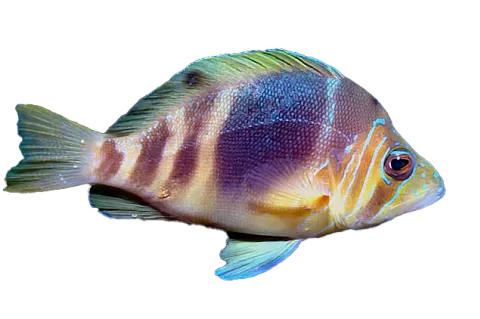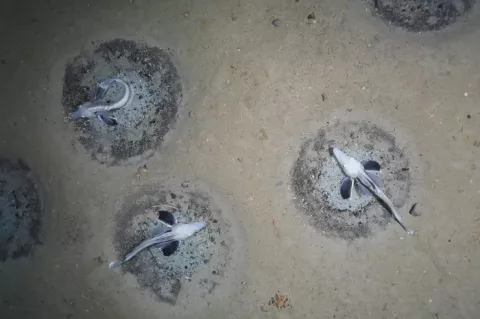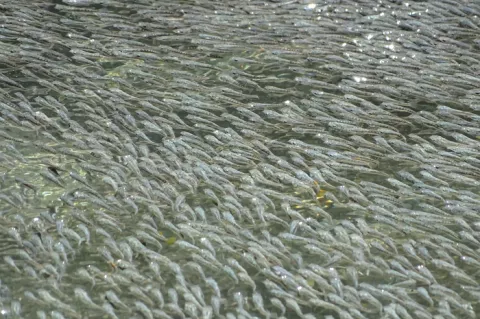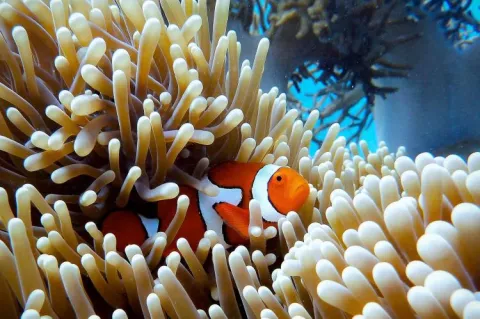These reef fish decide when their embryos hatch
A study in the Proceedings of the Royal Society B Biological Sciences journal has found out that the ideal time for neon goby embryos to hatch is within two hours of sunrise.
For coral reef embryos, this knowledge is important as the time of their hatching is a perilous time that directly affects their survival. Yet many of them have to decide on their own when to hatch, according to corresponding author John Majoris, a research scientist at The University of Texas at Austin.
But not for neon goby embryos.

